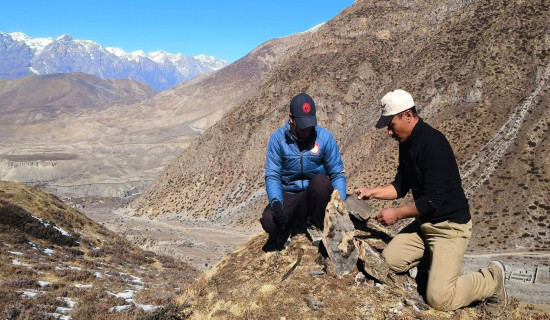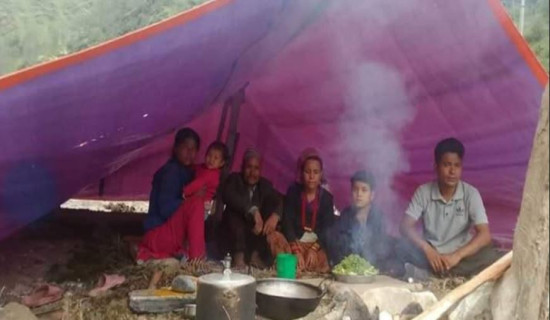- Monday, 1 December 2025
Better Cities
On September 29, 2025, a school building collapsed at the Al Khoziny Islamic Boarding School in East Java, Indonesia. At least 67 people died, while many others were injured. Among the victims were teenagers who were performing afternoon prayers when the building collapsed. Investigation into the matter revealed that the collapse was triggered by the unauthorised expansion of the school building, highlighting the hazards of poor infrastructure.
This tragedy occurred in Indonesia, a developing nation, and has rung cautionary bells in poor and underdeveloped Asian nations like Nepal, which is prone to disasters. While the incident in Indonesia wasn’t due to an earthquake, it is lamentable that the construction of school infrastructure was so weak that it collapsed without any prior warning. This should be a warning for Nepal, where urban planning happens to be quite hazardous. The houses and buildings in cities and even in villages of Nepal are known to be constructed haphazardly, due to which they are a risk to lives, with or without earthquakes.
Earthquakes are particularly a threat to infrastructure in urban settings. While the school building collapsed in Indonesia, its neighbouring country, the Philippines, has been seeing a series of high-magnitude earthquakes, leading to fatalities. This has added to the woes of the Philippines’ residents who had been battling political instability amid rising protests. Now they have to mourn the loss of lives and properties, made worse by the fact that it could have been prevented by better building regulations and efficient urban planning.
As such, urban planning is the key to more solid, enduring and resilient development. When it comes to Nepal, Kathmandu has become a concrete jungle and not in a good way at all. Buildings are built with as little planning as possible so as to cut costs. The aim is to spend less but rack up the profits by renting or selling houses and apartments, due to which every free space in the Kathmandu valley is highly sought-after. If this tactic continues, it will certainly be hazardous in the long term for its inhabitants.
Already, the valley has become highly congested, leading to potential risks to the residents. And it is alarming that the rest of the city and town areas in the nation are following suit by constructing housing, apartments and buildings without a second thought to the consequences. By thinking long term and planning accordingly, a lot of capital, resources and lives could be saved. But as always, it falls on the deaf ears of the government and related organisations.
The tragic incident in Indonesia shows that poorly constructed buildings aren’t just a hazard in case of disasters like earthquakes; they are also liable to collapse without warning when triggered. As Indonesia mourns the loss of the lives of young students, lessons should be taken from this incident to prevent such disasters in the future.
Particularly in underdeveloped nations, the concerned authorities should implement rules and policies against the haphazard construction of buildings without any solid foundation. Buildings have to be engineered with the implementation of damping and vibration deflection technology, along with shear walls and cross braces. As seen in Indonesia, weak and poor infrastructure can be fatal. The recourse has to move towards building solid, well-founded and strong infrastructure.














